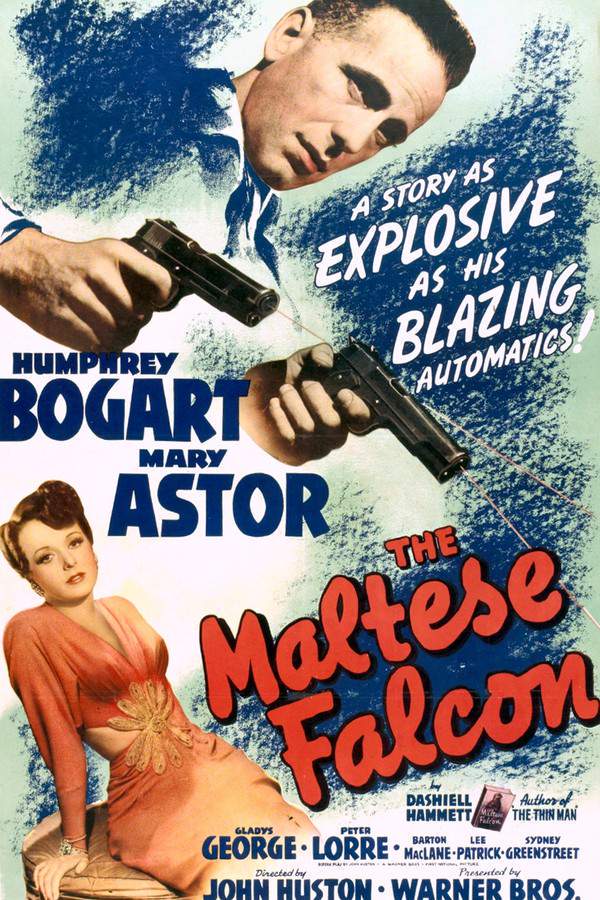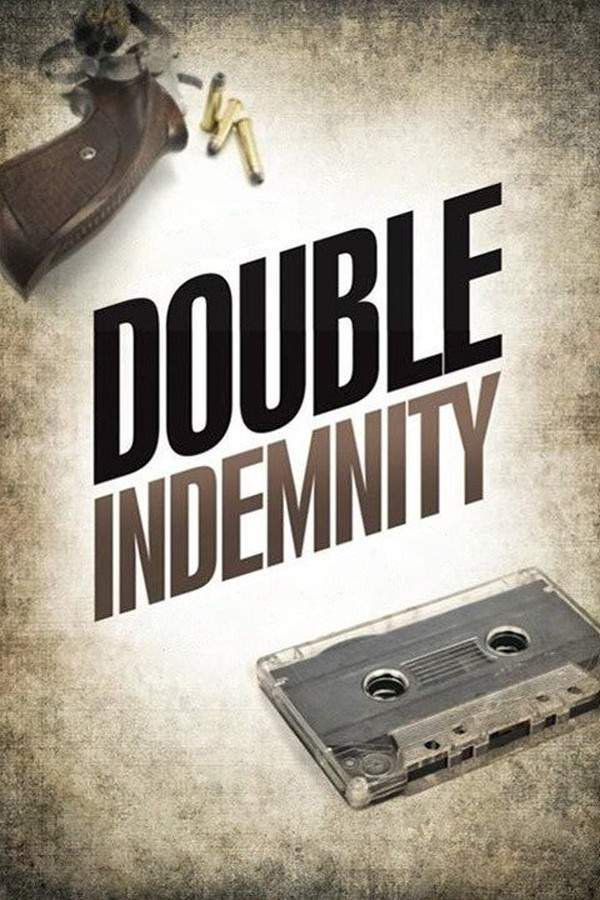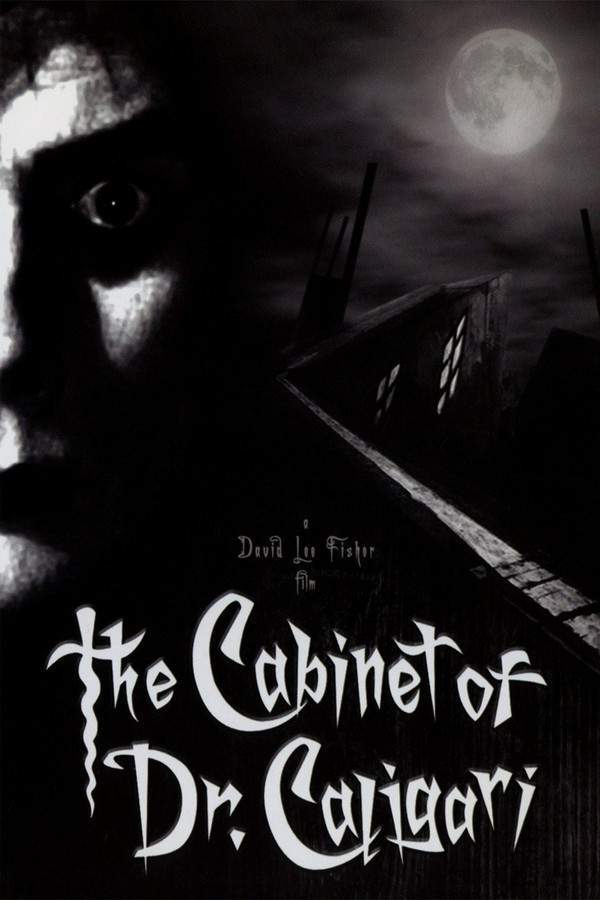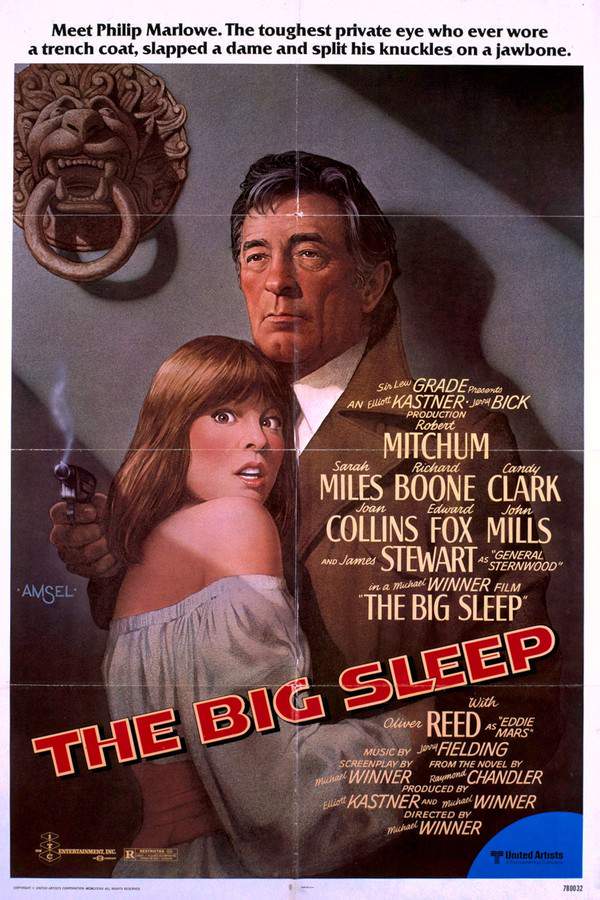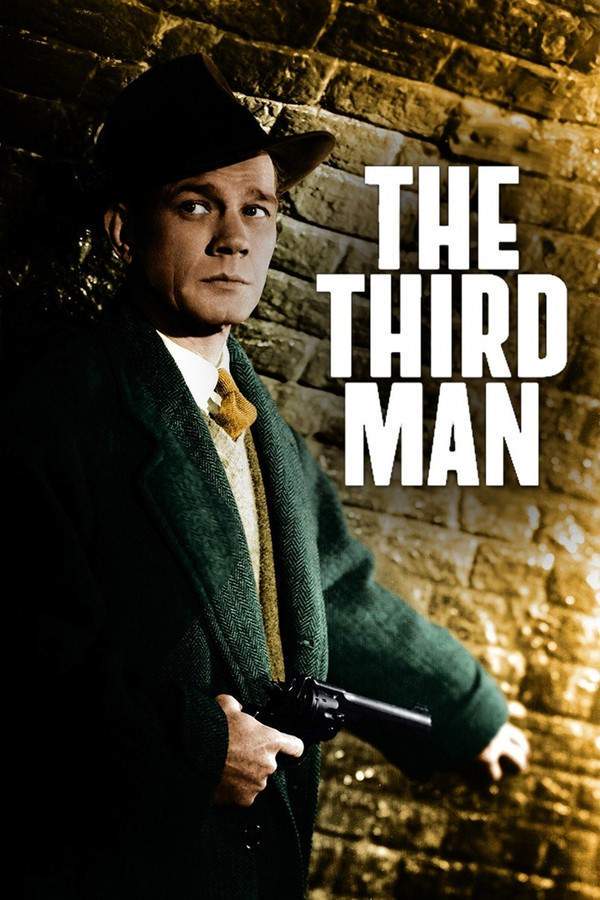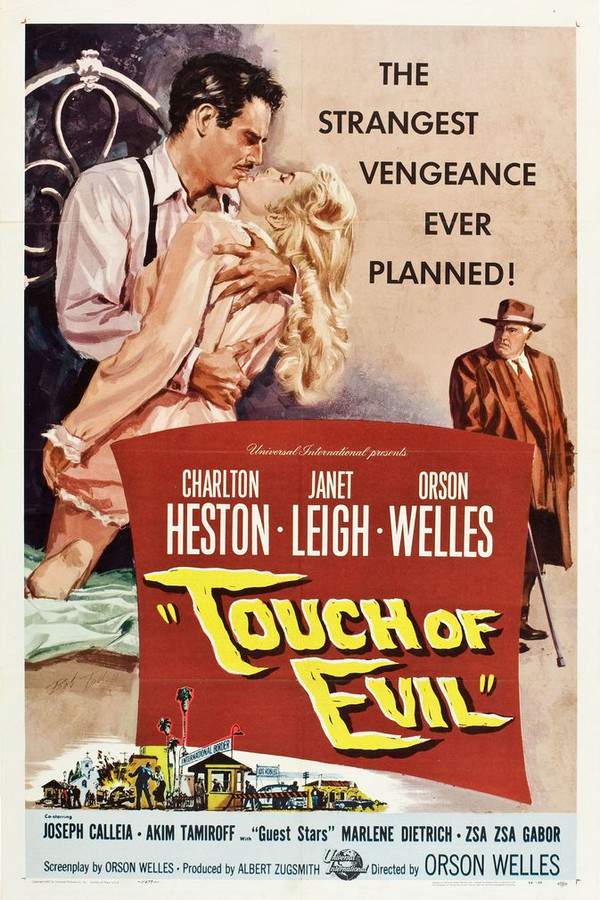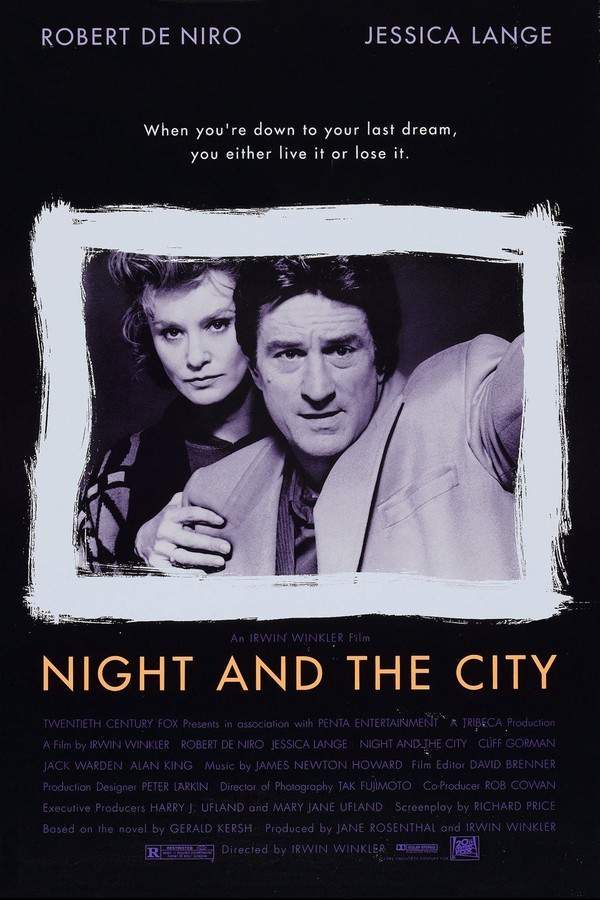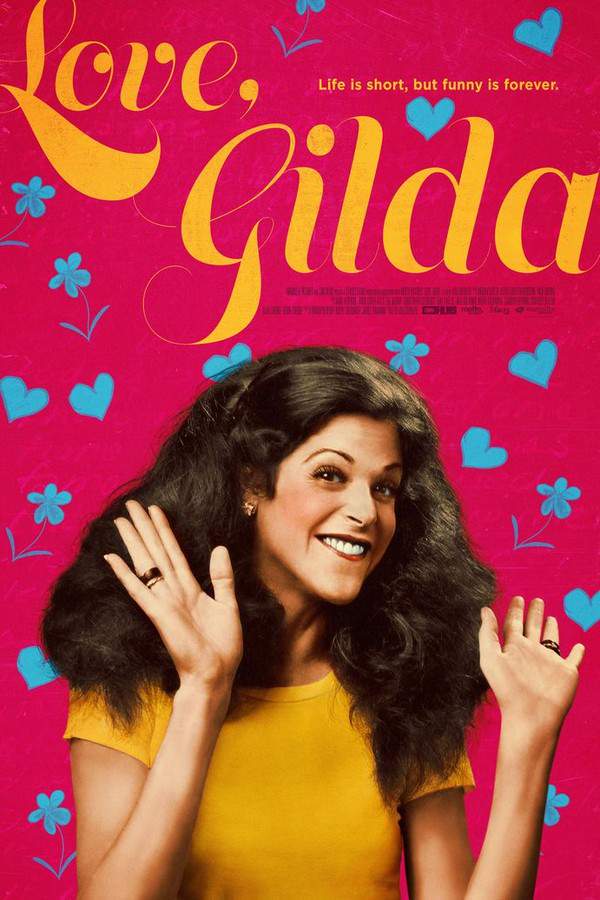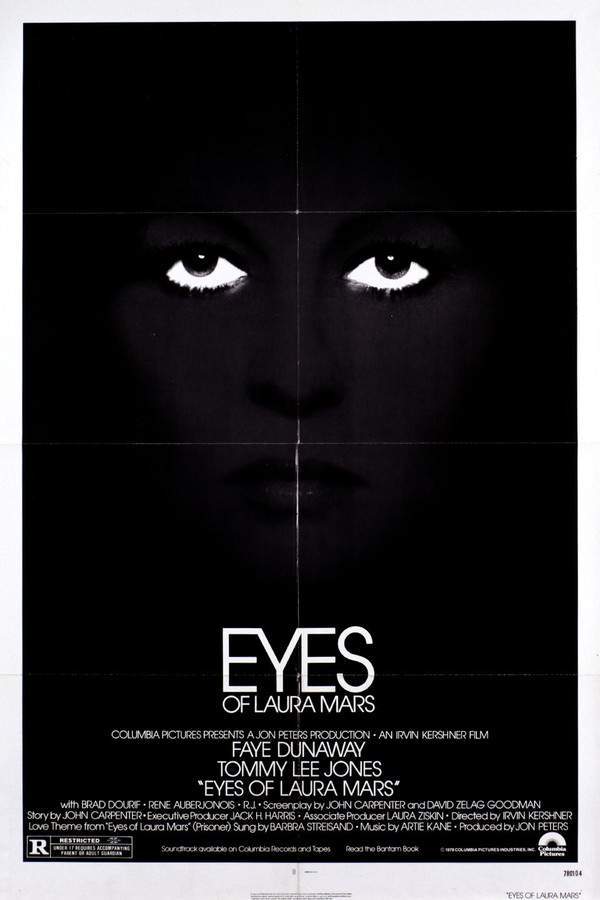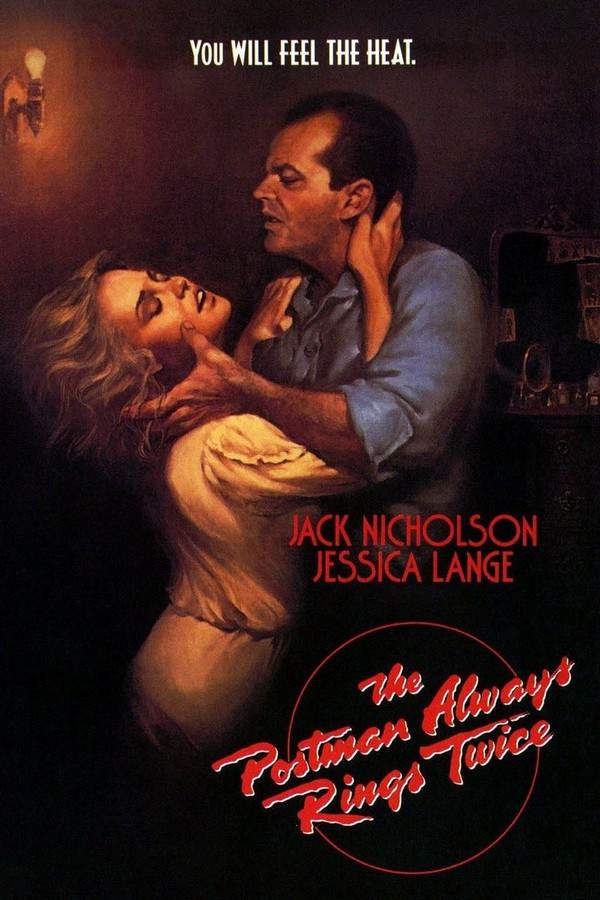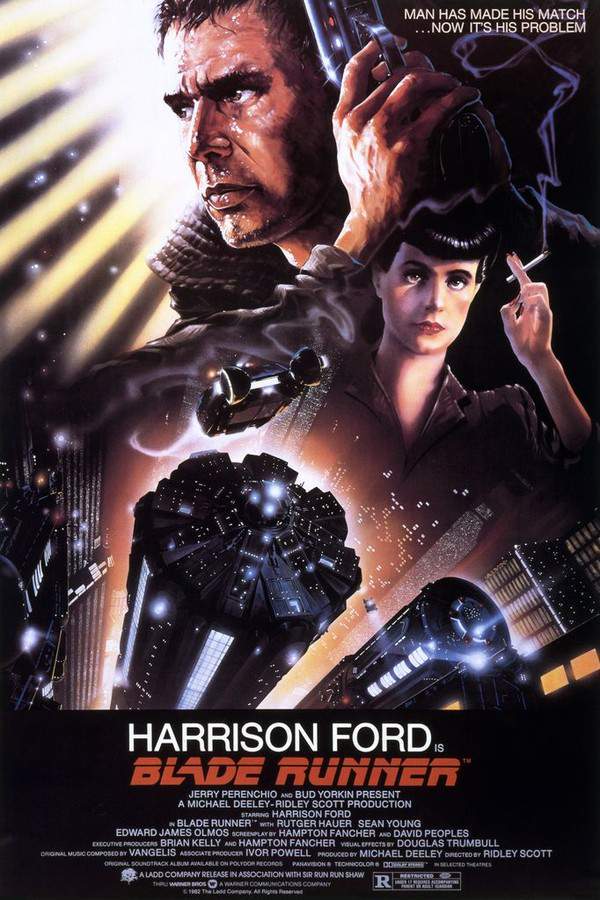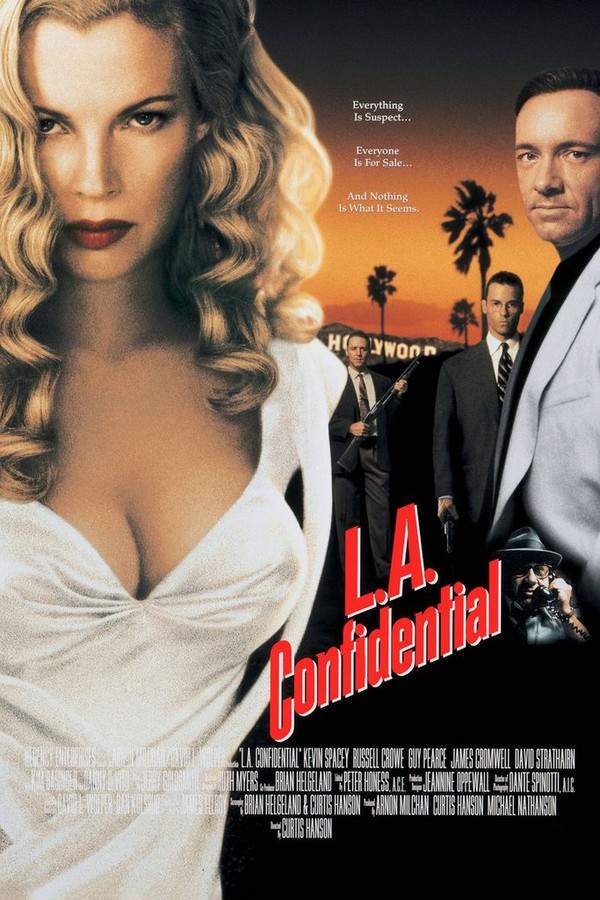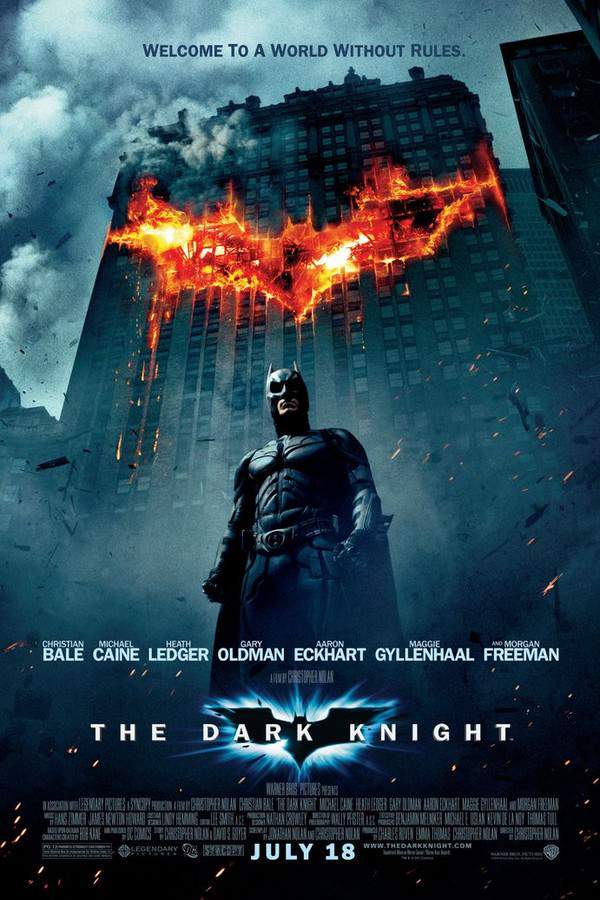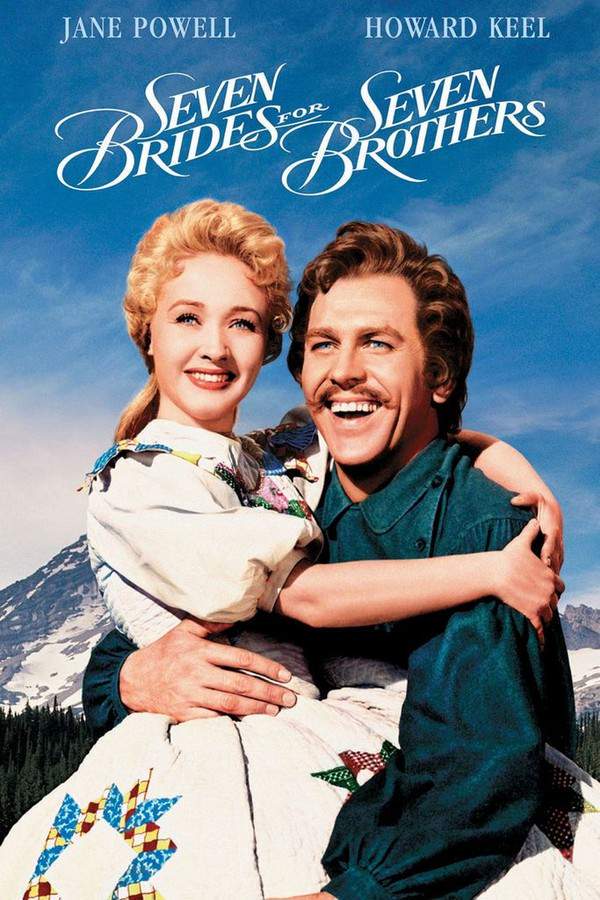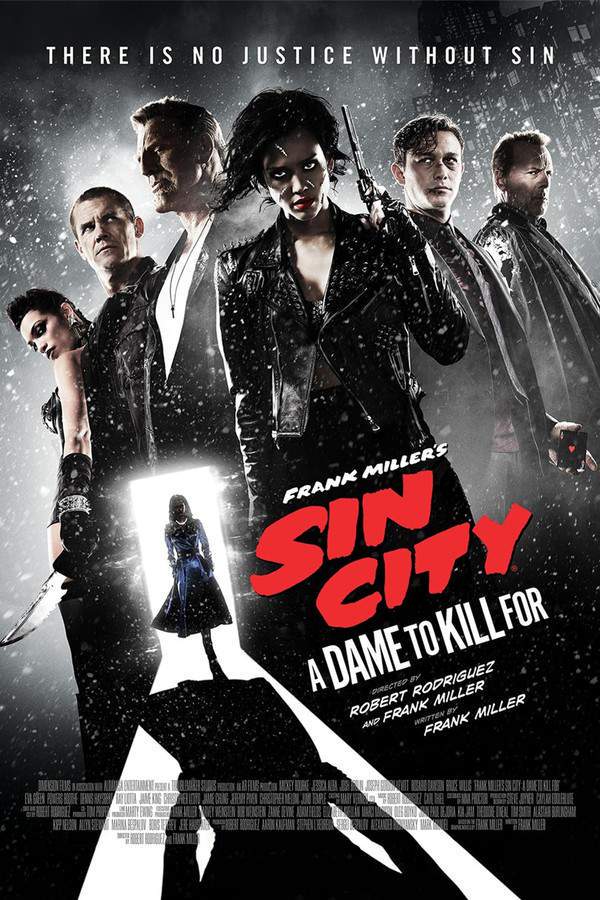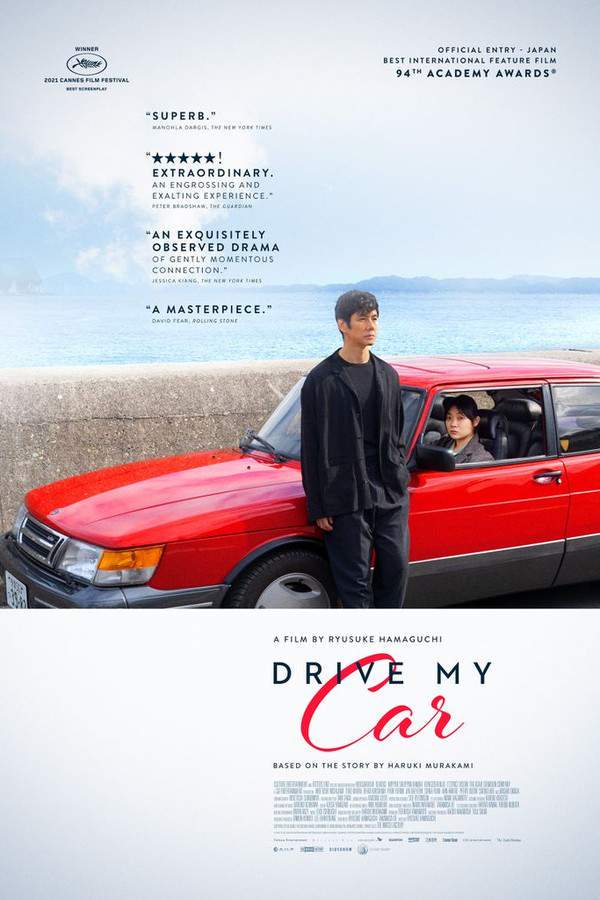What's After the Blog?
History • Cinema
The Legacy of Film Noir: Shadows, Mystery, and Intrigue
Dive into the captivating world of Film Noir, exploring its legacy of shadowy aesthetics, complex characters, and gripping narratives that continue to influence modern cinema.
April 24, 2024
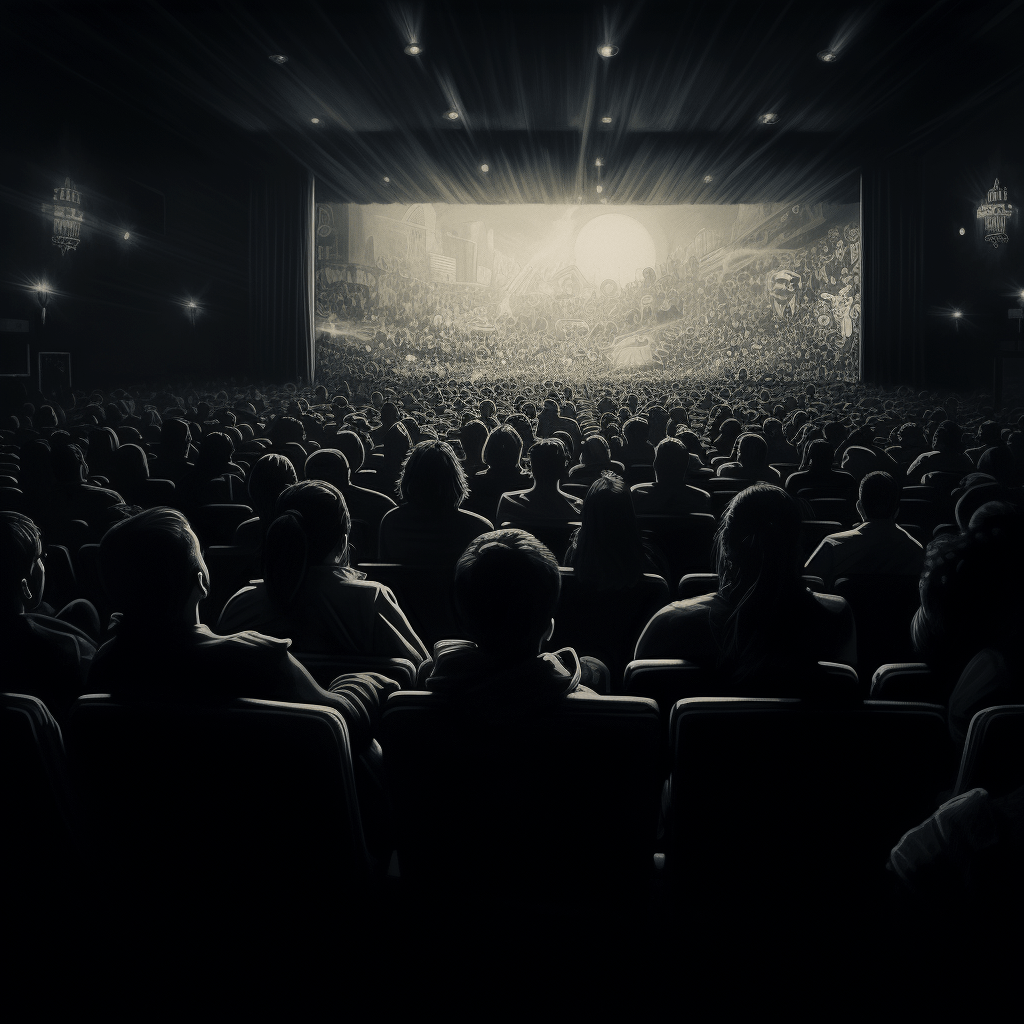
Movies mentioned in this article
The Legacy of Film Noir: Shadows, Mystery, and Intrigue
Introduction
Film Noir, a term coined by French critics, emerged as a distinctive genre in American cinema during the 1940s and 1950s. It’s characterized by its high-contrast visual style, morally ambiguous characters, and complex, often pessimistic narratives. Rooted in the crime and detective films of the time, Film Noir painted a dark picture of post-war American society, reflecting the disillusionment and cynicism of the era. Unlike the clear-cut heroes and villains of earlier films, Noir introduced audiences to a world where the lines between good and evil were often blurred.
This genre’s unique visual style, marked by its use of shadows and low-key lighting, creates an atmosphere of suspense and mystery. Films like The Maltese Falcon and Double Indemnity are quintessential examples, showcasing shadowy urban landscapes and characters who navigate a morally ambiguous world. The narratives in Film Noir often revolve around crime and corruption, featuring hard-boiled detectives, femme fatales, and a host of other troubled characters.
Origins of Film Noir
The roots of Film Noir can be traced back to the early 20th century, particularly to German Expressionism, which emphasized a highly stylized visual approach to convey emotional and psychological states. This artistic movement, with its use of sharp angles, deep shadows, and distorted sets, greatly influenced the visual style of Film Noir. Movies like M and The Cabinet of Dr. Caligari exhibit many of these stylistic elements that would later become hallmarks of Noir.
The socio-political climate of the 1930s and 1940s also played a significant role in shaping Film Noir. The Great Depression, the rise of organized crime, and the aftermath of World War II contributed to a general sense of disillusionment and skepticism towards authority and the American Dream. This is reflected in films like Out of the Past and The Big Sleep, where characters are often caught in a web of deceit and moral ambiguity, reflecting the dark underbelly of American society.
In addition to German Expressionism, the hard-boiled detective fiction of the 1930s, with authors like Dashiell Hammett and Raymond Chandler, provided the narrative foundation for many Noir films. Their stories, characterized by gritty urban settings, cynical protagonists, and complex plots, were ripe for adaptation in the Noir style. Chandler’s The Big Sleep, adapted into a film starring Humphrey Bogart, is a prime example of this genre crossover.
Film Noir emerged as a reflection of its time, capturing the anxieties and uncertainties of a nation grappling with monumental social and economic changes. It offered a cinematic escape into a world that, while dark and often menacing, resonated with the experiences and sentiments of its audience.
Visual Style: The Aesthetics of Darkness and Light
The visual style of Film Noir is one of its most distinctive and influential aspects. It is characterized by a dramatic use of shadows and light, creating a stark, high-contrast look that visually represents the moral ambiguity and psychological complexity of its narratives. This chiaroscuro lighting technique, borrowed from German Expressionism, uses deep blacks and glaring whites to create a sense of disorientation and unease. The iconic visual style of Noir is not just an aesthetic choice; it’s a narrative tool that reflects the turbulent emotions and moral dilemmas of the characters.
In films like The Third Man and Touch of Evil, the interplay of light and shadow is used to create an atmosphere of suspense and foreboding. The shadows often seem to have a life of their own, enveloping characters and settings, symbolizing the dark forces at play in the story. The use of oblique and vertical lines, as seen in The Big Heat, adds to the visual tension, often mirroring the internal conflict of the characters.
The urban settings in Film Noir also play a crucial role in its visual style. The dark, rain-soaked streets, the dimly lit alleyways, and the neon-lit bars create a backdrop that is both realistic and stylized. This setting becomes a character in itself, reflecting the dark and corrupt world the characters inhabit. Movies like Sunset Boulevard and Night and the City showcase the gritty, urban landscape that has become synonymous with the genre.
”What are classic examples of Film Noir movies?”
When delving into the realm of Film Noir, certain films stand out as quintessential examples of the genre. These movies not only define Film Noir but also have left an indelible mark on cinema history. The Maltese Falcon, directed by John Huston and starring Humphrey Bogart, is often cited as one of the first major Film Noir films. Its complex plot, morally ambiguous characters, and shadowy visuals set the standard for the genre.
Another landmark film is Billy Wilder’s Double Indemnity, which epitomizes the Noir themes of fatalism, betrayal, and moral ambiguity. The movie’s narrative revolves around an insurance salesman and a femme fatale plotting a murder, enveloped in a mood of cynicism and doom. Out of the Past, directed by Jacques Tourneur, is another classic, known for its intricate plot and atmospheric cinematography. The film’s complex narrative structure, with its use of flashbacks and shifting perspectives, became a hallmark of Noir storytelling.
These films, among others, not only defined the aesthetic and thematic contours of Film Noir but also influenced countless filmmakers and genres, leaving a legacy that continues to be felt in modern cinema. Their exploration of the darker aspects of human nature, combined with their innovative visual style, makes them timeless classics that continue to captivate audiences.
Film Noir’s Complex Characters: Antiheroes and Femme Fatales
One of the defining features of Film Noir is its complex, often morally ambiguous characters, particularly the antiheroes and femme fatales. These characters are central to the genre’s appeal and thematic depth. The antiheroes of Noir are typically cynical, disillusioned, and often flawed individuals. They are usually caught in a web of crime and moral conflict, struggling against a corrupt society or their inner demons. Classic examples include Sam Spade in The Maltese Falcon and Jeff Bailey in Out of the Past. These characters are not traditional heroes; they are often deeply flawed and driven by questionable motives, which makes them more relatable and human.
The femme fatale is another iconic element of Film Noir. These are strong, mysterious women who are both alluring and dangerous. They often use their wits and sexuality to manipulate the male protagonist, leading to his downfall. Classic femme fatales can be seen in films like Double Indemnity, where Phyllis Dietrichson ensnares an insurance salesman in a murderous plot, and in Gilda, where the enigmatic Gilda uses her charm to maintain power in a male-dominated world. The femme fatale challenges traditional gender roles and adds a layer of complexity to the narrative, making these films more engaging and thought-provoking.
These character archetypes reflect the disillusionment and cynicism of the post-war era, a time when traditional values and beliefs were being questioned. The antiheroes and femme fatales of Film Noir embody this sense of uncertainty and moral ambiguity, making them some of the most fascinating and enduring characters in cinema.
Narrative Elements: Mystery, Intrigue, and Moral Ambiguity
The narratives in Film Noir are characterized by their complexity, featuring convoluted plots, flashbacks, and unreliable narrators. These stories often revolve around crime, mystery, and moral ambiguity, reflecting the genre’s dark and cynical worldview. Film Noir narratives frequently explore themes like betrayal, greed, and obsession, depicting a world where no one can be trusted and everyone has an ulterior motive.
The mysteries in Film Noir are not just about finding the culprit; they often delve into the psychological motivations of the characters, adding depth to the narrative. For example, in Laura, the investigation into a woman’s murder leads to an exploration of obsession and identity. Similarly, in Chinatown, a seemingly straightforward case unravels into a complex web of personal and political corruption.
These narratives also often feature a sense of fatalism, a belief that no matter what the protagonist does, they cannot escape their fate. This is evident in films like The Postman Always Rings Twice, where the protagonists’ plan for a perfect crime unravels, leading to their inevitable downfall. The fatalistic nature of these narratives adds to the tension and suspense, making Film Noir a uniquely gripping genre.
The narrative complexity and moral ambiguity of Film Noir not only make for compelling storytelling but also reflect the genre’s deeper themes of existential angst and disillusionment. These films challenge viewers to consider the grey areas of morality and the complexities of human nature.
”How has Film Noir influenced modern cinema?”
The influence of Film Noir extends far beyond its own era, profoundly impacting modern cinema in various genres. Its stylistic elements, narrative techniques, and character archetypes have been adapted and reinterpreted, giving rise to the Neo-Noir subgenre and influencing many contemporary filmmakers. Neo-Noir, a term used to describe modern films that incorporate elements of Film Noir, includes movies like Blade Runner and L.A. Confidential. These films retain the dark themes, moral ambiguity, and stylistic traits of classic Noir but update them for a modern audience.
Film Noir’s impact is also evident in the crime and thriller genres. The complex narratives, antiheroes, and the gritty urban settings of Noir have become staples in these genres. Films like The Dark Knight and Seven, for instance, showcase the influence of Noir’s thematic and aesthetic elements. The dark, brooding atmosphere and morally ambiguous characters in these films are direct descendants of classic Noir.
Moreover, the visual style of Noir, with its high-contrast lighting and use of shadows, has influenced the visual language of cinema as a whole. Filmmakers from various genres have adopted these techniques to create mood and tension in their films. The enduring popularity of Film Noir elements in modern cinema is a testament to the genre’s lasting impact and its ability to evolve and stay relevant.
Film Noir in the Digital Age: A Revival
In the digital age, Film Noir has experienced a revival, finding new life through digital filmmaking techniques and online platforms. Modern filmmakers are reimagining Noir themes and styles using the latest technology, bringing a new perspective to the genre. Films like Sin City use digital effects to create a stylized world that pays homage to classic Noir, while Drive combines the genre’s traditional themes with a contemporary setting and soundtrack.
Additionally, the accessibility of classic and Neo-Noir films on digital platforms has introduced the genre to a new generation of viewers. Streaming services and online movie databases, such as What’s After the Movie (ATM), allow audiences to easily explore the rich history of Film Noir and its modern interpretations. This accessibility has led to a renewed interest in the genre, inspiring both filmmakers and viewers to revisit and appreciate the legacy of Film Noir.
Through its revival in the digital age, Film Noir continues to captivate audiences with its timeless themes, distinctive style, and complex characters. Its ability to adapt and resonate with contemporary audiences ensures that the genre’s legacy will endure for years to come.
Conclusion
The legacy of Film Noir is a testament to the enduring power of this genre in shaping and influencing the landscape of cinema. From its origins in the early 20th century to its resurgence in modern digital filmmaking, Film Noir has remained a constant source of inspiration and fascination for filmmakers and audiences alike. The genre’s distinctive visual style, complex characters, and morally ambiguous narratives offer a unique cinematic experience that delves into the darker aspects of human nature and society. Film Noir’s exploration of themes such as crime, corruption, and existential angst continues to resonate with contemporary audiences, making it a timeless genre.
The impact of Film Noir can be seen not only in the direct adaptations and homages within the Neo-Noir subgenre but also in its influence on a wide range of films across various genres. Its stylistic and thematic elements have become part of the cinematic vocabulary, enriching the medium and offering filmmakers new ways to tell their stories. As we look back on the history of Film Noir, we are reminded of its profound contribution to the art of filmmaking and its role in shaping the narrative and aesthetic conventions of modern cinema.
A World of Discovery Awaits
We hope this exploration of the shadows, mystery, and intrigue of Film Noir has provided you with a deeper appreciation of this iconic genre. For those intrigued to learn more and explore the vast world of cinema, we invite you to visit other blog posts at What’s After the Movie. Our platform offers a wealth of information and insights into various film genres, directors, actors, and cinematic history. From classic Film Noir to contemporary blockbusters, a world of discovery awaits you. Delve into the intriguing stories behind your favorite films and uncover new cinematic treasures with What’s After the Movie. Happy movie discovering!
Continue reading

What's After the Movie?
Not sure whether to stay after the credits? Find out!
Explore Our Movie Platform
New Movie Releases (2025)
Famous Movie Actors
Top Film Production Studios
Movie Plot Summaries & Endings
Major Movie Awards & Winners
Best Concert Films & Music Documentaries
Movie Collections and Curated Lists
© 2025 What's After the Movie. All rights reserved.

